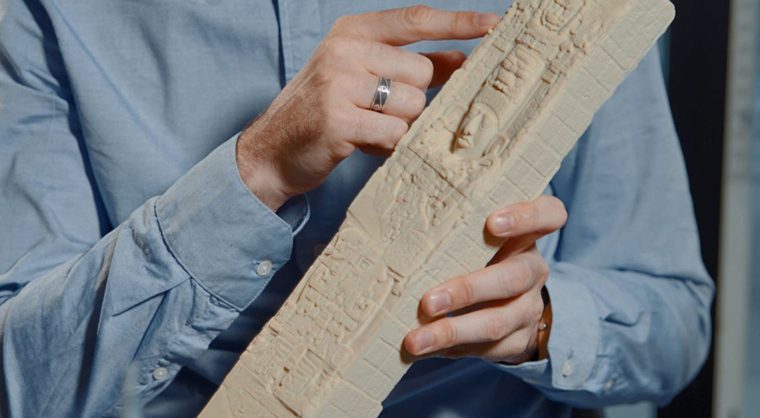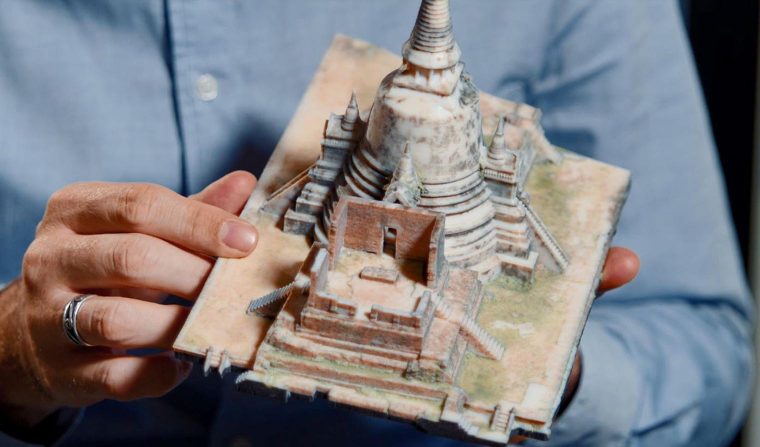History is not always the most exciting thing to rediscover. However, one discovers in 3D Printing a tool that has the capacity to recreate facts in a palpable way; and this does not only bring things to life, it does it while embellishing them.
Google Arts and Culture reimagines some artifacts and historical monuments using Stratasys J750 3D Printer. This morning, we were talking about the various applications this technology can achieve. The team of this unit is creating new designs of these monuments part of the Open Heritage Project.
The files of the new designs have been made available for download. Now, thanks to 3D printing, those who are interested can have a little bit of history where they are and exploit it for various reasons. The use of 3D Printing enables Google Arts and Culture to enhance accessibility and obviously to enrich appreciation of centuries-old cultures.
“The project was to explore physically making these artifacts in an effort to get people hooked and excited about seeing pieces in a museum or research context. That’s when we turned to 3D Printing,” said Bryan Allen, Design Technologist at Google. “With the new wave of 3D Printed materials now available, we’re able to deliver better colors, higher finish, and more robust mechanical properties – getting much closer to realistic prototypes and final products right off the machines.”

“The J750 empowers designers to actually achieve their ultimate goal – matching the final 3D print to what is initially seen on the screen. Combining rich colors and translucency in a single print, designers and engineers can build models with heightened levels of accuracy and realism – mirroring opaque or transparent structures, and even complex materials like rubber,” said Rafie Grinvald, Enterprise Product Director of Rapid Prototyping, Stratasys.
“When we talk to arts and culture preservationists, historians, and museum curators – they’re all absolutely amazed by the ability to fabricate these things with such high fidelity via 3D printing technology,” concluded Allen.
For further information, follow us on our social media and subscribe to our newsletter! Would you like to be featured in the next issue of our digital magazine? Send us an email at contact@3dadept.com






